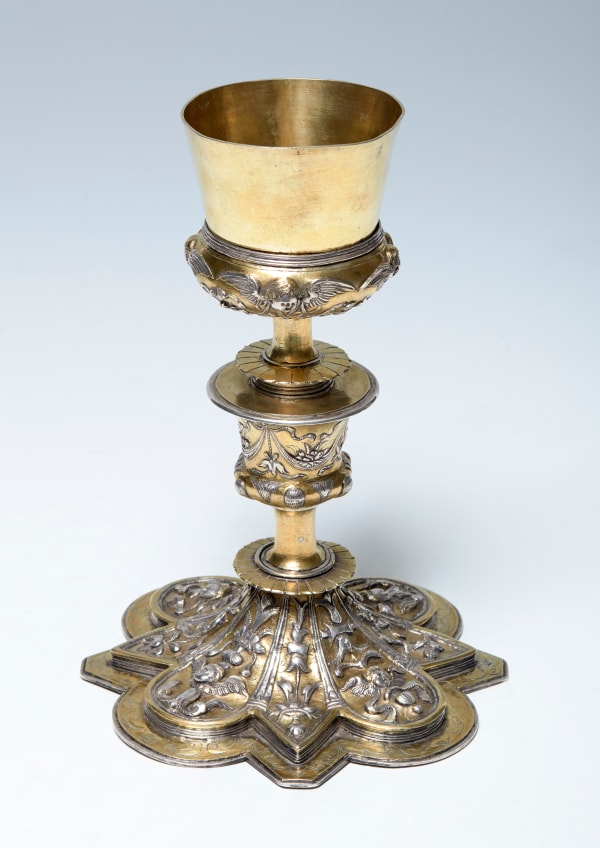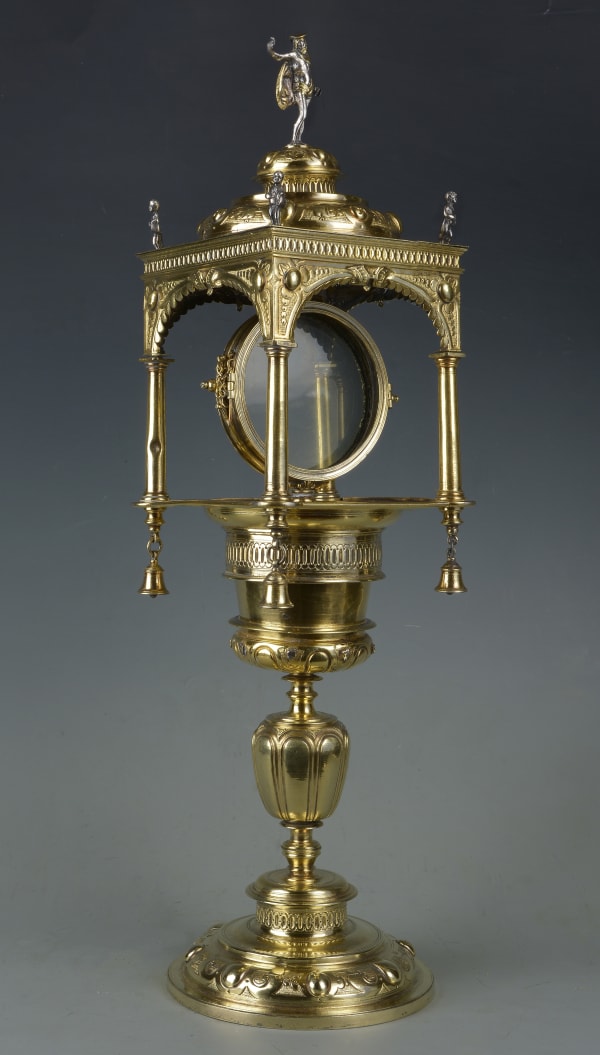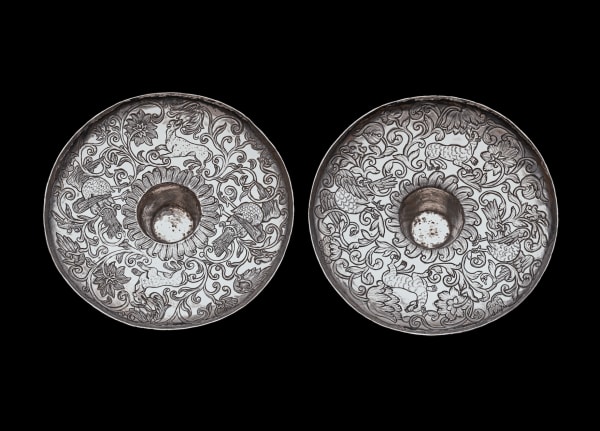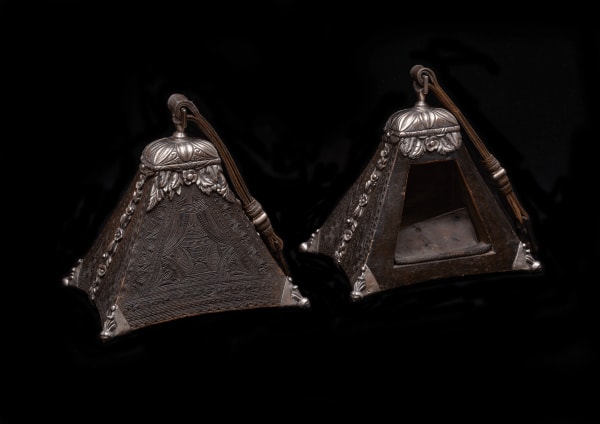In his masterpiece, Don Quixote, Miguel de Cervantes (1547 – 1616) penned the famous phrase: “Worth a Potosí” in reference to the immeasurable riches in silver and gold pouring into the coffers of the Spanish Crown from the most important mine in the world at that time, Cerro Rico in Potosí. Such was its boundless wealth that, in around 1650, the Imperial Municipality of Potosí boasted a population of 160,000, and was one of the richest cities on the planet. This abundance of silver and gold gave rise to the emergence of numerous silversmiths with workshops scattered all across the New World. The extraordinary works that were produced by these (often mestizo) artists and artisans not only served to decorate churches, but were also in high demand and frequently used in the homes and palaces of those living on Latin American soil. They were also exported to the Motherland, as was the case for the extraordinary silver salt-cellar rescued from the shipwreck of the Nuestra Señora de Atocha ship, on display in this collection.










